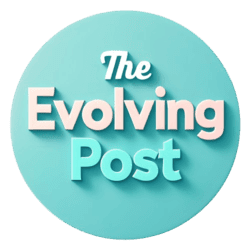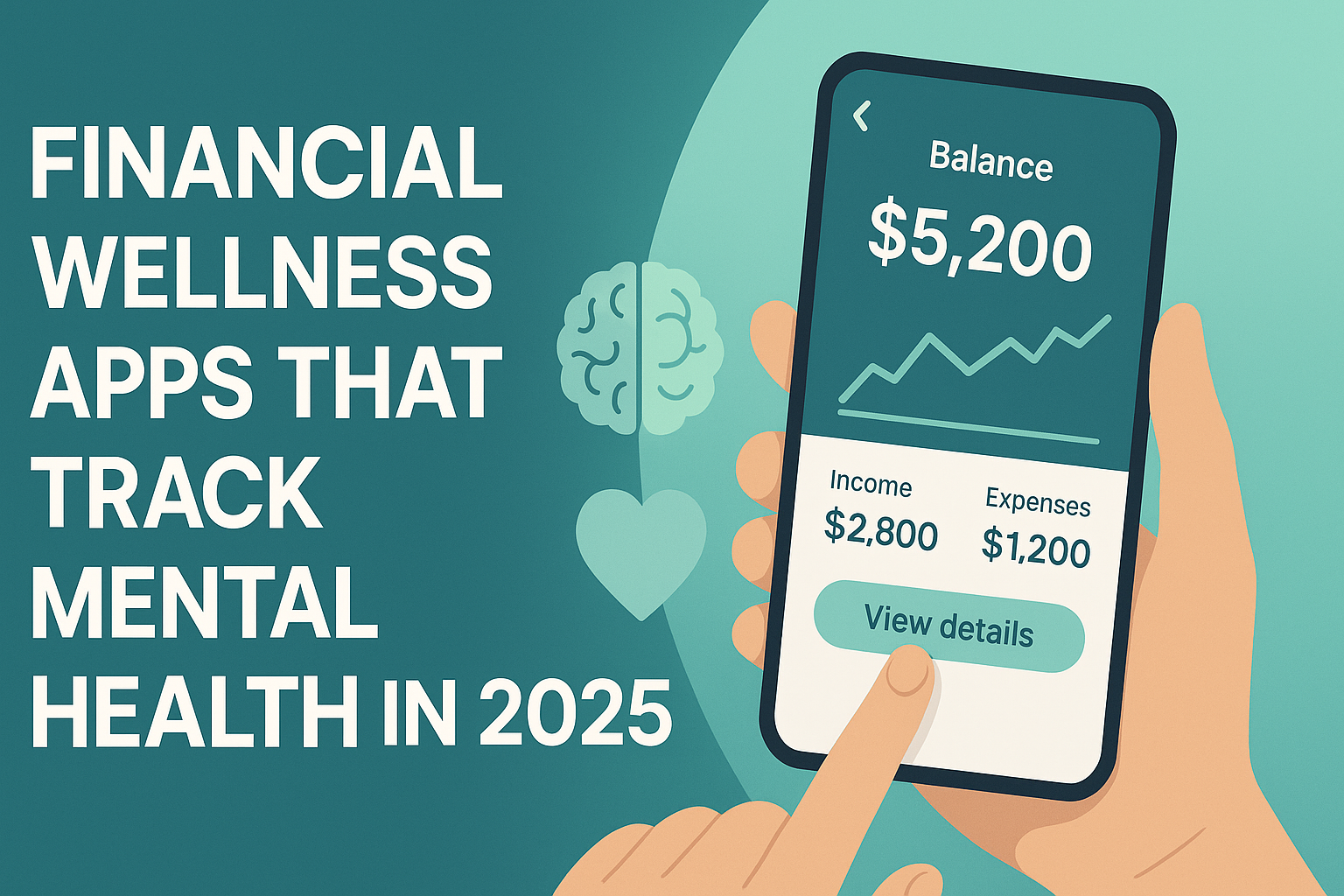As inflation cools and economic pressures mount, the Fed signals openness to a summer rate cut — but only if the data confirms the path forward.
As the U.S. economy continues its cautious dance between growth and inflation control, Federal Reserve Governor Michelle Bowman has introduced a fresh dose of speculation into the summer policy outlook: if inflation keeps cooling, she may support a July interest rate cut.
For everyday Americans — whether you’re managing a mortgage, planning your retirement, or running a business — this signals more than just a shift in financial jargon. It could shape how you borrow, spend, invest, and save in the second half of 2025.
In this post, let’s unpack the broader significance of Bowman’s remarks, explore how inflation truly shapes Fed policy, and clarify what a rate cut would mean for your financial well-being.
Background & Context: Why This Matters Now
Governor Bowman’s comments came during a week when other Fed officials — including Christopher Waller — echoed a similar openness to cutting rates, should inflation trends continue downward.
This growing consensus doesn’t signal a guaranteed shift, but it does mark an important pivot point in Fed tone. After months of standing firm on interest rates amid stubborn inflation, the Fed may finally be preparing to ease policy restrictions — as long as the data justifies it.
Let’s be clear: this isn’t about giving in to political pressure (though President Trump has certainly been vocal on the topic). It’s about recalibrating monetary tools in a complex, high-stakes economic environment — one where tariffs, global supply chains, labor market dynamics, and consumer expectations are constantly shifting.
Deep-Dive Analysis
Impact on Homeowners and Mortgage Seekers
For millions of Americans, the most immediate question is: How will this affect my mortgage?
- If the Fed cuts rates in July, we could see a drop in long-term Treasury yields, which influence mortgage rates.
- That might lower borrowing costs for new homebuyers and those seeking to refinance — though not dramatically or instantly.
- A 0.25 percentage point cut could translate to hundreds of dollars in annual mortgage savings, depending on loan size and terms.
However, as always, markets price in expectations ahead of official moves. So if you’re considering refinancing, start the conversation with your lender now, rather than waiting for official Fed action.
Impact on Savers and Investors
Savers have had a brief window of solid returns on high-yield accounts, GICs, and money market funds. A rate cut could start to close that window.
- High-yield savings accounts might dip from 4.75% toward the 4% range if rate cuts accelerate.
- Fixed-income investments like bonds could become more attractive, especially those with longer durations.
For investors, the picture is more nuanced. Markets often rally on rate cuts, but if the Fed moves too early or too aggressively, it could signal concern about economic weakness, which dampens confidence.
Now is the time to revisit your asset allocation:
- Consider adding inflation-hedged assets like TIPS (Treasury Inflation-Protected Securities)
- Keep exposure to dividend-paying equities that offer income regardless of rate shifts
- Avoid overexposure to cash equivalents if you’re investing for longer than 6–12 months

Consumer Behavior, Job Market, and Inflation Trends
Let’s zoom out: What is the Fed actually seeing in the economy?
According to Statistics from the BLS and the Atlanta Fed, inflation metrics — while cooling — remain sticky in sectors like services, housing, and insurance. But food prices are stabilizing, energy costs are down, and wage growth is modest.
This is why Bowman is watching so closely — because if core inflation retreats convincingly, the Fed can loosen the reins.
From a consumer standpoint:
- Lower rates could encourage spending, especially on big-ticket items like cars, travel, and appliances
- Credit card APRs might edge lower — but only modestly, as most variable rates stay well above 20%
- Retail and service sectors could see a boost in activity, benefiting job seekers and hourly workers
Still, the Fed’s mandate is not to stimulate spending indiscriminately — it’s to ensure price stability without triggering a wage-price spiral. That’s the line Powell and Bowman are trying to walk.
Market Perspectives: Debate Among Experts
Not everyone is sold on the idea of a July rate cut.
Greg McBride of Bankrate cautions against “cutting for the sake of cutting.” He believes that without consistent disinflation, a premature rate reduction could undermine credibility and fuel unnecessary volatility.
Others argue that the Fed needs to get ahead of slowing economic momentum, especially with global peers like the European Central Bank already trimming rates to spur demand.
So who’s right?
The answer depends on what inflation does next — and whether the July 29–30 FOMC meeting reveals enough progress to justify a more accommodative stance.
Actionable Takeaways & Key Insights
Whether or not the Fed cuts rates this July, you can position yourself wisely by taking the following steps:
- Homeowners: Explore pre-approval options now. If rates fall, you’ll be ready to act before lenders adjust pricing upward again.
- Savers: Ladder your high-yield savings or GICs to lock in strong rates while they’re still available.
- Investors: Rebalance your portfolio to maintain resilience in multiple scenarios. Consider funds like the Vanguard Total Bond Market ETF (BND) or iShares TIPS Bond ETF (TIP).
- Consumers: If you’re planning large purchases, compare loan offers now — rate cuts may improve terms, but don’t delay unnecessarily.
- Business Owners: Prepare for a lower cost of capital — and potentially stronger demand — if a cut occurs. Consider preemptively adjusting inventory or marketing strategy.
Conclusion & Call to Action
Michelle Bowman’s openness to a rate cut — conditional on continued inflation progress — is a strategic shift, not a political one. And for millions of Americans navigating mortgages, markets, and monthly budgets, that distinction matters.
The Federal Reserve isn’t acting hastily. It’s playing a long game: watching data, weighing risks, and measuring inflation trends against employment strength.
If inflation keeps cooling, July 2025 could mark a turning point for U.S. monetary policy. But whether or not the cut comes, your financial strategy shouldn’t wait.
Stay tuned to The Evolving Post for in-depth coverage of the Fed’s next move, and for the strategies that can help you stay ahead of the curve — no matter what direction rates take.
While this analysis is based on thorough research, it is for informational and educational purposes only and should not be considered financial advice.
Ask ChatGPT








